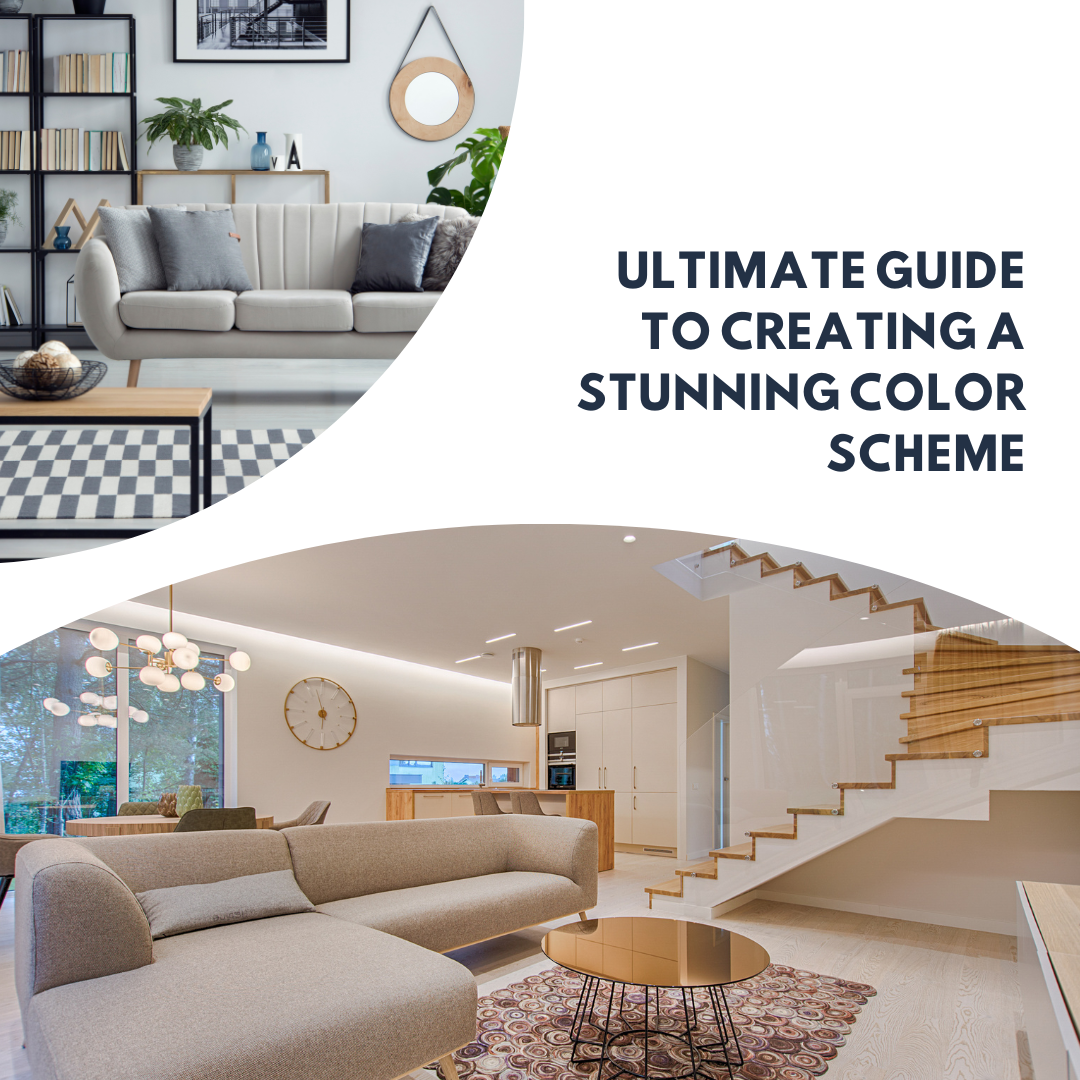
Ultimate Guide to Creating a Stunning Color Scheme
A carefully crafted color scheme can greatly enhance the visual appeal and impact of any design project. Whether you're designing a website, creating a logo, or planning a room decor, choosing the right colors is essential. This guide will provide you with valuable insights and practical tips to help you create a stunning color scheme that captivates and engages your audience. From understanding color theory to exploring various color combinations, we'll cover everything you need to know to create visually appealing designs. Let's dive in!
Understanding Color Theory:
To create a stunning color scheme, it's crucial to have a basic understanding of color theory. The color wheel is a useful tool that categorizes colors into primary, secondary, and tertiary colors. Primary colors include red, blue, and yellow, while secondary colors are formed by mixing primary colors (e.g., purple, green, and orange). Tertiary colors are created by mixing primary and secondary colors.
Color Wheel:
The color wheel is a visual representation of the primary, secondary, and tertiary colors. It helps identify relationships between colors and aids in creating harmonious combinations.
1.2 Color Properties:
Learn about hue, value, and saturation, which describe the attributes of colors. Understanding these properties allows you to manipulate colors effectively.
1.3 Color Psychology:
Colors evoke emotions and have psychological effects. Explore the meanings and associations commonly attributed to different colors, enabling you to select colors that align with your design goals.
The Psychology of Colors:
Colors evoke emotions and can influence human behavior. Understanding the psychology behind colors can help you create a color scheme that conveys the desired message or mood. For example, warm colors like red and orange can evoke feelings of energy and excitement, while cool colors like blue and green can promote calmness and relaxation.
Choosing a Dominant Color:
Start by selecting a dominant color that will serve as the primary hue in your color scheme. Consider the purpose of your design and the emotions you want to evoke. For example, if you're designing a website for a spa, you might choose a soothing shade of blue as the dominant color.
2.1 Complementary:
Complementary colors are located opposite each other on the color wheel. They create a high-contrast and dynamic effect, making elements stand out.
2.2 Analogous:
Analogous colors sit next to each other on the color wheel. They offer a cohesive and harmonious feel, ideal for creating subtle and elegant designs.
2.3 Triadic:
Triadic color schemes consist of three colors evenly spaced around the color wheel. They provide a vibrant and balanced look, offering a wide range of possibilities.
2.4 Monochromatic:
Monochromatic color schemes use different shades, tints, and tones of a single color. They create a sophisticated and cohesive appearance with subtle variations.
Establishing Contrast:
Contrast plays a crucial role in creating visually appealing color schemes. By combining colors with varying levels of contrast, you can make certain elements stand out and create a sense of depth. Contrast can be achieved through differences in brightness, saturation, or hue. Experiment with complementary colors (opposite colors on the color wheel) or try using analogous colors (colors adjacent to each other) to achieve effective contrast.
Balancing Warm and Cool Colors:
A balanced color scheme incorporates both warm and cool colors to create visual harmony. Warm colors tend to advance and grab attention, while cool colors recede and provide a sense of tranquility. By combining warm and cool colors strategically, you can create a visually engaging composition.
Using Color Harmonies:
Color harmonies are pre-defined combinations of colors that work well together. Some popular color harmonies include complementary, analogous, triadic, and tetradic schemes. These harmonies provide a solid starting point for your color scheme and ensure that the colors you choose are aesthetically pleasing and harmonious.
Considering Color Contrast Accessibility:
It's important to ensure that your color scheme is accessible to all users, including those with visual impairments. Consider using tools that analyze color contrast and provide recommendations to meet accessibility standards. Websites like WebAIM's Color Contrast Checker can assist in determining if your color choices provide sufficient contrast for readability.
Incorporating Neutrals:
Neutrals such as black, white, gray, and beige can act as grounding elements in your color scheme. They can help balance and tone down the overall composition while allowing the other colors to shine. Neutrals also provide a sense of sophistication and elegance when used effectively.
Testing and Refining:
Once you've established your initial color scheme, it's crucial to test it across different platforms and mediums. Colors can appear differently on various devices and materials, so make sure your color scheme translates well in different contexts. Refine your choices based on feedback and observations to ensure the desired impact.
Drawing Inspiration from Nature and Design Trends:
Nature provides an abundant source of inspiration for color schemes. Observe the colors found in landscapes, flowers, and animals to create harmonious and captivating combinations. Additionally, stay updated with current design trends and color forecasts to keep your color schemes fresh and contemporary.
Creating a stunning color scheme is an art that combines knowledge, intuition, and experimentation. By understanding color theory, exploring psychology, and utilizing color harmonies, you can create visually appealing designs that engage and captivate your audience. Remember to consider accessibility and balance warm and cool colors while incorporating neutrals for a well-rounded composition. With practice and an open mind, you can master the art of color and unleash your creativity in every design project. Happy coloring!








